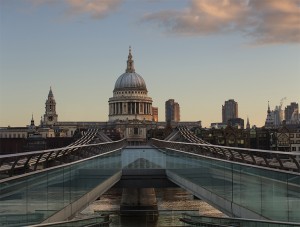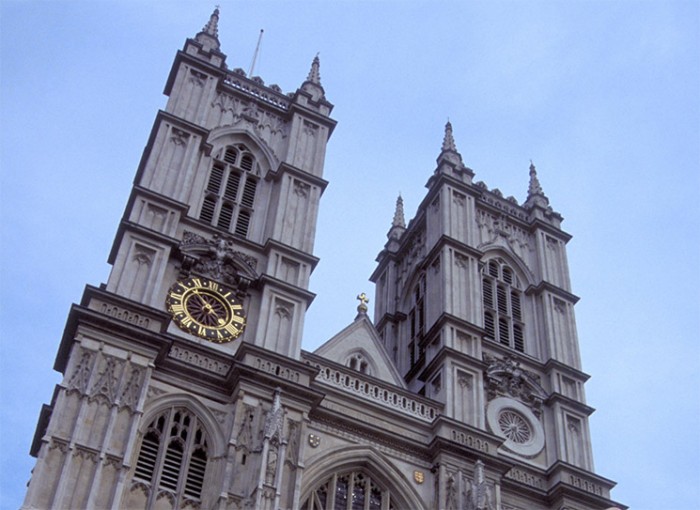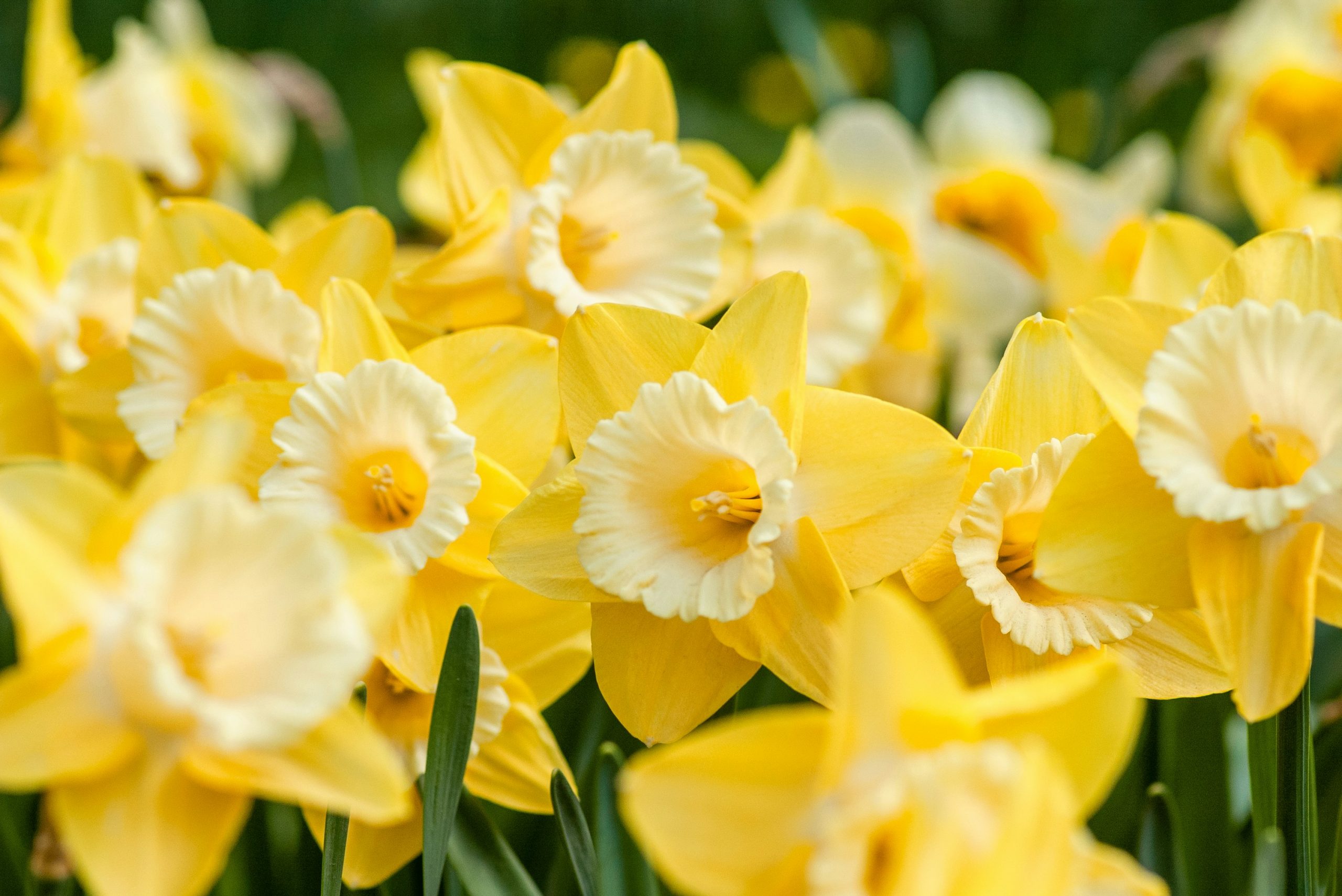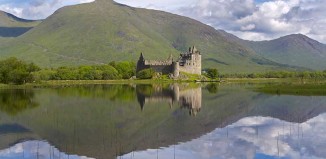Westminster Abbey
Westminster Abbey was built by kings, is the burial place of ruling royalty and has held the coronation of every monarch since William I of England – aka William the Conqueror, aka William the Bastard (though people didn’t say that so much after the invasion) – was the first to be crowned here on Christmas Day 1066.
Indeed the abbey is a Royal Peculiar, a church that comes under the direct jurisdiction of the Queen rather than the Church of England. A smallish monastery was built here in the year 960, probably on a previous church or even a Roman temple. When Edward the Confessor reclaimed the English Kingdom from the Danes in 1042 he was so thrilled that he rashly promised to make a pilgrimage to Rome. Later rethinking the distance and the dangers between west London and Rome, he asked to be excused his promise and the Pope agreed on condition that he restore a church instead. This he did, and Westminster Abbey was completed in late 1065, just in time to bury Edward in it when he died a few days later.
The funeral at the brand new abbey is recorded on the Bayeux Tapestry, and you can see the tomb of St Edward today behind the high altar. There’s plenty of romance here, as most of the royal tombs are topped by carved effigies of their occupants lying together. There’s Henry VII and his wife – carved by an Italian sculptor who had fled to England after breaking Michelangelo’s nose in a fight – Henry V, Mary Tudor sharing a tomb with Queen Elizabeth I, and nearby the woman Elizabeth had beheaded, Mary Queen of Scots, whose head was stitched on again before burial. The present Westminster Abbey is mainly the work of Henrys III to VII between 1245 and 1516. They gradually knocked down Edward’s clunky Saxon building and rebuilt in the Gothic style, including the highest nave in Britain and the most gorgeous carved stone fan-vaulted ceiling in the Lady Chapel. Then Henry VIII almost destroyed it, when over-enthusiastic henchmen damaged some of the finer works during the Dissolution of the Monasteries. The two grand towers at the front were added in 1745.
The abbey’s treasures haven’t always been as well protected as they are today. Edward the Confessor’s body was dug up many years after his death and he was found to be so well preserved and “flexible” that he inspired miracles and was sainted. The fine mosaic decoration from his and other tombs was stolen by early-medieval souvenir hunters. Edward 1 (1239-1307) had his tomb broken when people stood on it to watch another funeral and he was found to be 6’2” tall, hence the nickname Longshanks. When a hole appeared in the tomb of Richard II (1367-99), a Westminster schoolboy stole his jawbone (it was returned in 1906). Henry V’s wife’s coffin was left on display and the diarist Samuel Pepys kissed her 200-year-old lips so he could say he “kissed a queen”.
More than 3,300 people are buried in Westminster Abbey, though only ashes are interred these days, including statesmen William Wilberforce, Gladstone and Disraeli. Poets’ Corner is filled with graves and memorials to Britain’s great artists, writers and actors. But don’t think that this is just a mausoleum. Westminster Abbey is a working church, with services every day, including other weddings and christenings held in the chapels around the abbey. Royal weddings have come back into fashion here again only relatively recently. The wedding of 12-year-old Aveline to Edmund Crouchback in 1269 began a flurry of royal weddings in the late 1300s, but since then it is only the House of Windsor that has really taken a shine to Westminster Abbey.
George VI and the Queen Mother were married here in April 1923, the current Queen in 1947, her sister Margaret in 1960, Princess Anne in 1973, Andrew and Sarah Ferguson in 1986 and of course, William and Kate in 2011. The abbey is currently in manic restoration mode. A £1million donation from Bank of America Merrill Lynch is paying for a programme of restoration including the Cosmati pavement, and the earliest contemporary painting of a British monarch, Richard II (he of the stolen jawbone). You can see it all too. The abbey’s status as a Royal Peculiar means that it receives no money from the Church of England so has to charge an entry fee (of £15 for adults). Odd, that Britain’s museums are free but you have to pay for the nation’s “parish church”, but for an extra £3 the 90-minute verger’s tour is well worth the money. It also keeps the crowds manageable and allows those who have come to worship to do so in peace.
Take a peek inside London’s other celebrated royal wedding venues

St Paul’s Cathedral A cathedral has existed in some form at St Paul’s – known as the nation’s greatest church – since AD 604. The site of many emotional public events, the cathedral became a wedding venue in 1501 when Katherine of Aragon married Prince Arthur. The cathedral was once more chosen for the wedding of Prince Charles and Lady Diana Spencer in 1981.
St George’s Chapel, Windsor Castle Numerous royal weddings have taken place at St George’s Chapel, particularly during the 19th century. The building was founded in 1348 by Edward III as a symbol of his devotion to the church. The marriage of Prince Charles and Camilla Parker Bowles was dedicated at the chapel following a civil ceremony at Windsor’s Guildhall in April 2005.
Chapel Royal, St James’s Palace The Chapel Royal was built in the mid-16th century and is located in the main block of the palace. It was a popular setting for weddings during Queen Victoria’s reign. The queen herself married at the chapel on 10 February 1840 and her eldest daughter, Victoria, also exchanged vows there in 1858. The venue is ideal for smaller occasions as the chapel seats just 100 people.








